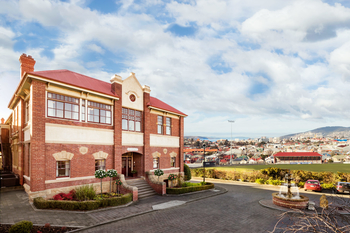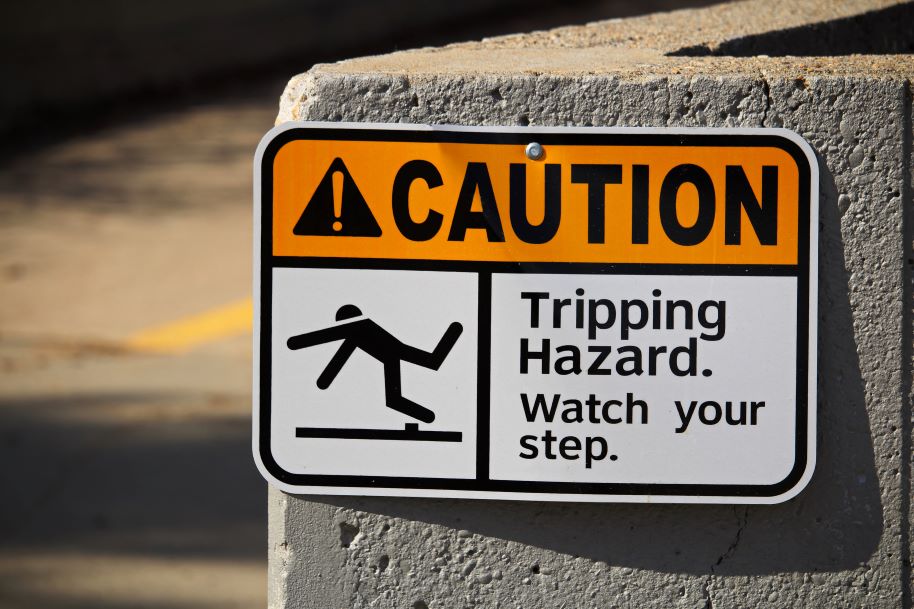Introduction
Every moms and dad's headache is the thought of their newborn encountering a crucial emergency. Understanding cardiopulmonary resuscitation (CPR) strategies particularly customized for infants can be the distinction between life and death in such circumstances. Yet, several moms and dads are uninformed of the special methods associated with carrying out CPR on infants. This detailed guide intends to equip every moms and dad with necessary expertise and abilities pertaining to CPR on newborns, diving right into unique methods that can conserve lives.
CPR on Newborns: Unique Methods Every Moms And Dad Must Know
Cardiopulmonary resuscitation (CPR) is a lifesaving strategy utilized in emergencies when somebody's breathing or heart beat has quit. While lots of people recognize with grown-up CPR, the techniques vary significantly when it involves babies. The delicate nature of a newborn requires particular methods that differ from those used on older children and adults.
Understanding Newborn Makeup and Physiology
Before delving into CPR methods, it's essential to understand the composition and physiology of a newborn. Newborns have smaller lungs, breakable ribs, and a different circulatory system than adults. Recognizing these distinctions can aid moms and dads carry out CPR even more effectively.
The Importance of Respiratory tract Management
Newborns' respiratory tracts are smaller and much more vulnerable to obstruction; therefore, respiratory tract management is vital throughout an emergency. Moms and dads should find out just how to appropriately get rid of a respiratory tract to make sure reliable breathing restoration.
Recognizing When to Do CPR
One of the primary steps in any kind of emergency situation is identifying when CPR is needed:
- Unresponsiveness: If your child isn't reacting or moving. No Breathing: If your child isn't taking a breath typically or at all. Abnormal Skin Color: A blue tint around lips or face indicates absence of oxygen.
Initial Evaluation: The DRSABCD Approach
The DRSABCD technique is vital for assessing any emergency situation:

Affordable First Aid Training Salisbury D - Danger: Guarantee the atmosphere is safe. R - Response: Inspect if the baby reacts by carefully drinking them. S - Send for Help: Call for emergency assistance if needed. A - Airway: Open up the air passage by turning the head back gently. B - Breathing: Look for signs of breathing. C - Compression: If no breathing is discovered, begin CPR. D - Defibrillation: Use an AED if available and trained to do so.
The Steps to Do Baby CPR
Performing CPR on a newborn varies significantly from grownups as a result of their dimension and frailty:
1. Positioning
Lay the baby on their back on a company surface.

2. Opening Airway
Gently tilt the head back slightly to open up the air passage while guaranteeing not to overextend it.
3. Check Breathing
Look for upper body activities and listen for breath sounds for around 10 seconds.
4. Chest Compressions
Using 2 fingers put simply below the nipple area line, lower about 1/3 deepness of their upper body (concerning 1-1.5 inches) at a price of 100-120 compressions per minute.
5. Rescue Breaths
After every 30 compressions, provide two mild rescue breaths:
- Seal your lips around their mouth and nose, Deliver each breath over one secondly while observing for chest rise, Repeat till you see signs of life or help arrives.
Common Mistakes During Baby CPR
Even sympathetic efforts may falter as a result of typical mistakes:
- Applying too much pressure during compressions can create injury. Failing to make sure appropriate head tilt may obstruct airflow. Not calling for assistance early sufficient can delay critical care.
Mental Preparation for Emergencies
It's natural to really feel panic in emergency situations; nonetheless, mental prep work plays a critical role in properly implementing first aid procedures:
- Remain calmness; worrying hinders clear thinking. Practice mindfulness techniques before going into parenthood.
FAQs About CPR on Newborns
What must I do if my newborn quits breathing?
If your newborn stops breathing, quickly evaluate their responsiveness, call for assistance, inspect their airway, and start CPR as detailed above.
How frequently should I take first aid courses?
It's advised that moms and dads rejuvenate their expertise every 2 years by taking first aid courses or certain baby CPR training sessions.
Can I use an AED on an infant?
Generally speaking, AEDs are not advised for infants under one year old unless specifically designed for such use; constantly follow manufacturer's instructions.
Where can I discover first aid courses near me?
You can look online making use of terms like "first aid course near me" or check local healthcare facilities or recreation center that commonly supply these classes regularly.
How long does a first aid qualification last?
Typically, many first aid accreditations continue to be legitimate for three years before calling for renewal via correspondence course which include updated practices like DRSABCD protocols.
Is it necessary to find out mental wellness first aid as well?
Absolutely! Mental wellness first aid furnishes parents with abilities required not only in physical emergencies however likewise in identifying emotional distress among children and adolescents.
Conclusion
Understanding "CPR on Newborns: Unique Strategies Every Parent Ought To Know" isn't just about acquiring technological abilities; it's about equipping yourself as a caretaker ready to deal with unexpected obstacles head-on. Whether with dedicated training programs like those used by various organizations or exercising hands-on methods with family members during workshops-- every effort counts towards Comprehensive CPR Course Salisbury building confidence in your capability to react efficiently throughout emergency situations entailing your precious newborns.
Incorporating this knowledge right into your parenting toolkit can imply saving lives when it matters most. So why wait? Sign up today for classes such as "first aid program," "cpr training," or specialized "infant first aid program" alternatives offered close by-- you never recognize when you might need them!
